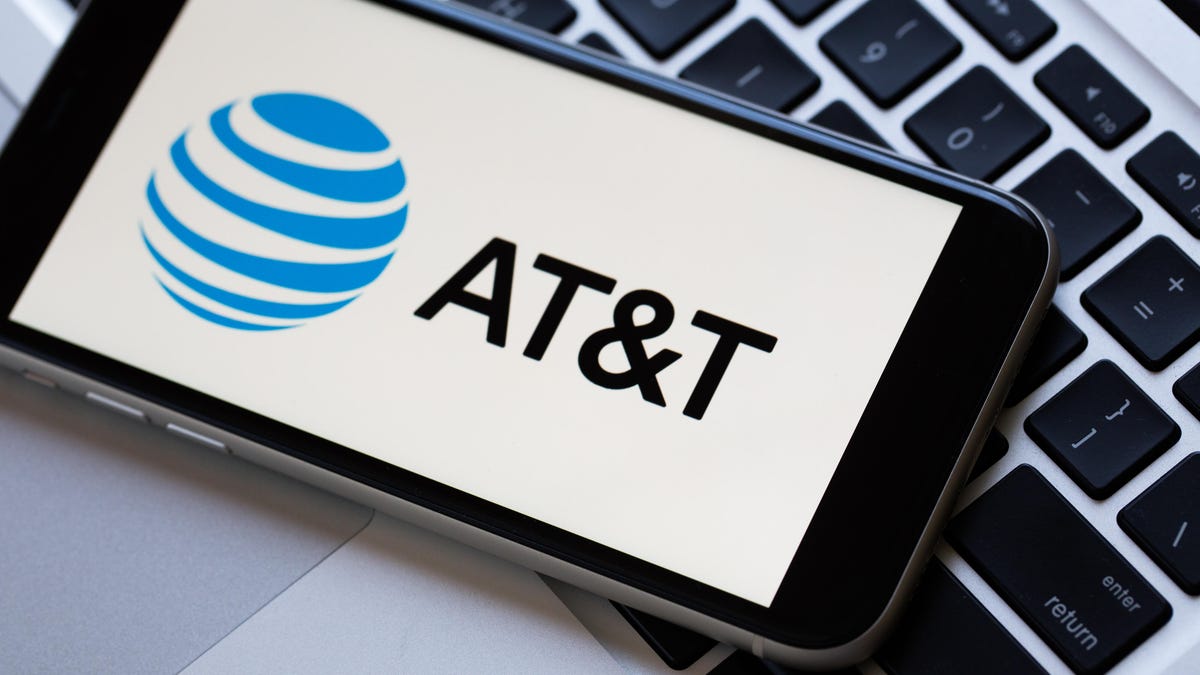AT&T earnings reflect the pandemic's grip
Coronavirus is hampering the telecom giant on several fronts.

AT&T posted its second-quarter earnings on Thursday.
As the coronavirus pandemic continues to thrash the economy, AT&T is trying to ride out the storm. In its second-quarter earnings released Thursday, the telecom giant said it brought in revenue of $41 billion, which is on par with estimates of $41.02 billion, according to analysts polled by Yahoo Finance.
Earnings per share came in at $0.83, beating analyst expectations of $0.79.
On the mobile front, the carrier said it had a net loss of 151,000 postpaid mobile phone users, though the calculations to reach that number are complicated due to the pandemic.
AT&T says that 338,000 phone users that it lost were part of the Federal Communication Commission's Keeping America Connected program, a coronavirus-related initiative designed to protect people from losing service or being charged late fees if they cannot pay their bills.
The program ran from March 13 through June 30. Although these customers are viewed as disconnected because they didn't pay their bills, the company said that if it could add back those subscribers, it "would have had 190,000 postpaid phone net adds."
Postpaid users, or those who pay their phone bills at the end of the month, are valued more highly by the investment community as a key metric of a carrier's success.
At the end of the quarter, the telecom giant had 171.4 million wireless subscribers, up from 158.6 million a year ago. During its earnings call, the carrier announced that its 5G network is now available nationwide.
When it comes to traditional television, AT&T's struggles continued. While the company sayid that the addition of AT&T's streaming TV service helped offset losses, the video group continued to lose customers.
The group, which also includes satellite television giant DirecTV and the streaming service AT&T TV Now, posted a loss of 886,000 subscribers in the quarter, with 91,000 attributed to the Keeping America Connected program.
At the end of the quarter, the company had 17.7 million "premium TV" subscribers.
More streaming advice
- 10 Ways to Save Money on Streaming
- How to Cut the Cable TV Cord in 2023
- See More at Streaming TV Insider
For WarnerMedia, AT&T's division that oversees HBO Max and its other entertainment properties, including Warner Bros. film and TV studios and cable channels such as CNN, TNT and TBS, the telecom giant reported operating revenue of $6.8 billion, down 22.9% compared with the same period in 2019.
While HBO Max and HBO subscriptions are now at a combined 36.3 million users (up from 34.6 million at the end of 2019), the HBO Max service remains absent on two of the largest streaming platforms, Roku and Amazon Fire TV, which make up the bulk of the smart TV market.
Although WarnerMedia said it has apps ready for both platforms, it remains to be seen if and when AT&T will be able to reach an agreement with either Roku or Amazon.
Overall, the quarter was a busy one for AT&T.
In addition to dealing with the impact of the coronavirus on its businesses, including the continued closing of US theaters for its Warner Bros. division, the past three months also saw the carrier launch its HBO Max streaming service and continue to expand its 5G wireless network.
The company saw the transition of John Stankey into the CEO spot, taking over for Randall Stephenson, who announced his retirement in April after 13 years as AT&T's chairman and CEO.
Although he stepped down as CEO on July 1, Stephenson, 60, will remain executive chairman of AT&T's board until January.

